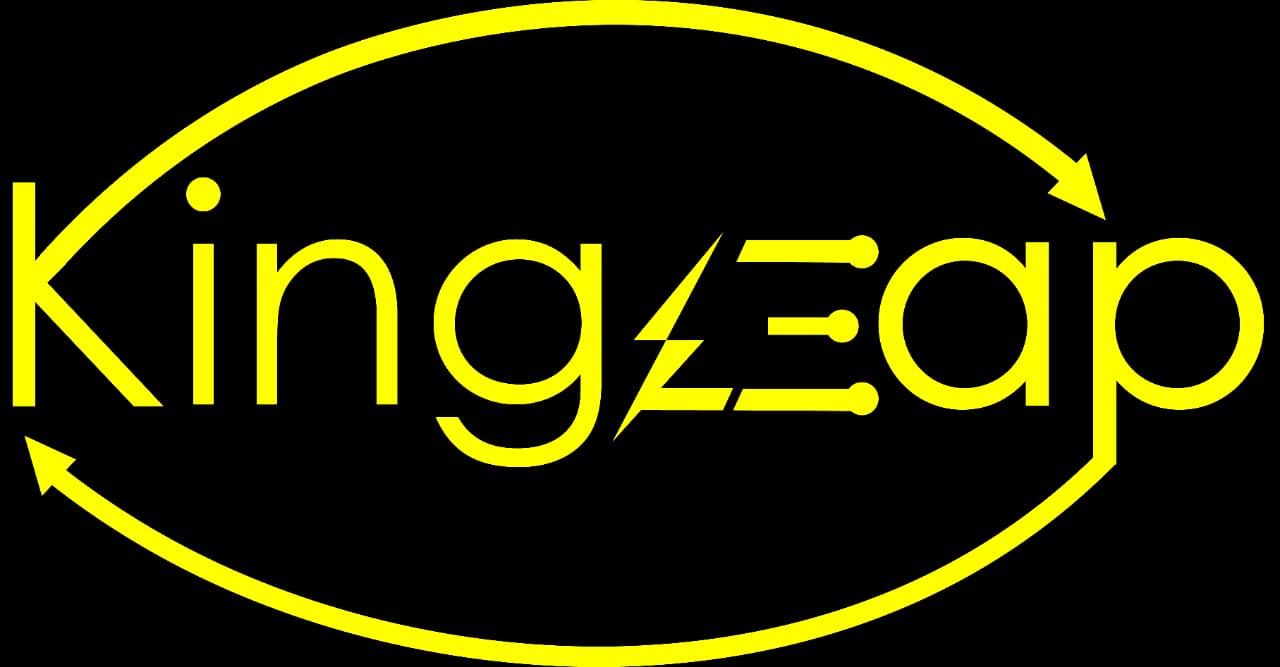Imports Into India
India-China Trade Routes
Explore our comprehensive trade network connecting India and China through efficient logistics and reliable partnerships.


Seamless Trade Operations
-
Maritime Shipping
Efficient sea freight solutions connecting major ports between India and China.
-
Land Transportation
Overland routes through strategic border crossings for faster delivery.
-
Air Freight
Express air cargo services for time-sensitive electrical components.
How to Import from China to India: A Complete Step-by-Step Guide
Finding the Right Supplier in China
Choosing the right supplier is key to a smooth and cost-effective importing process. A reliable partner affects product quality, pricing, and shipping efficiency—making them vital to your business success. Trust and alignment with your goals are essential.
Choosing the Right Shipping Method
When importing from China to India, choosing the right shipping method is crucial.
Air Freight is the fastest, best for urgent, lightweight, or high-value goods.
Sea Freight is slower but cost-effective for large or heavy shipments.
Courier Services suit small parcels or documents needing quick, but not urgent, delivery.
Packing and Labelling Your Goods
Poor packaging can lead to damage, while wrong labeling may delay or return your shipment.
India has strict packaging rules, especially for food, electronics, and pharmaceuticals.
Food must follow FSSAI norms, and electronics often need BIS certification—knowing these rules helps avoid customs issues.
Obtaining the Necessary Documents
Accurate paperwork is vital in international trade—errors can cause costly delays.
Key documents include:
Commercial Invoice – details the goods and payment terms.
Bill of Lading – acts as a receipt and shipping contract.
Packing List – lists item details, quantities, and dimensions.
Clearing Customs Formalities
When goods arrive in India, customs will verify documents and may inspect the shipment. To avoid delays, ensure all paperwork is accurate. Additional documents like the Certificate of Origin, IEC, insurance, and safety certificates may be needed for certain products.
Arranging for Delivery
After customs clearance, sea freight shipments go to a bonded warehouse, while air freight goes to the cargo terminal. From there, you must arrange transport to your warehouse, store, or customer.
